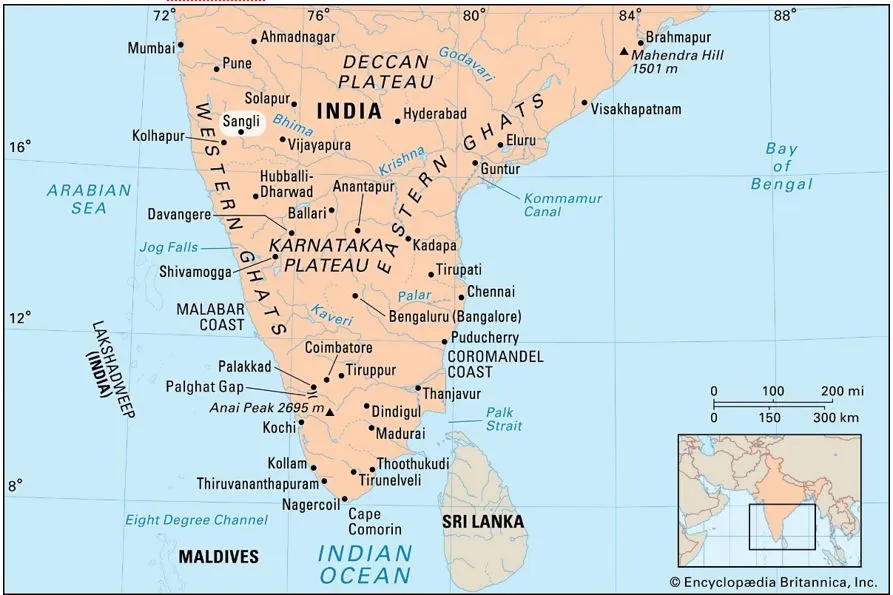

2nd September 2024 (10 Topics)
Context
Massive floods, due to relentless rain disrupted life in Andhra and Telangana, following a low-pressure system in the Bay of Bengal.
What factors are responsible?
- The torrential rains were fueled by a low-pressure system in the Bay of Bengal.
- The situation had intensified, with Vijayawada caught between the surging Krishna river on one side and the overflowing Budameru rivulet, known as the 'Sorrow of Vijayawada', on the other.
- The Budameru rivulet, which originates in Khammam district, saw a significant rise in floodwaters.
River of Telangana and Andhra Pradesh
|
More Articles



